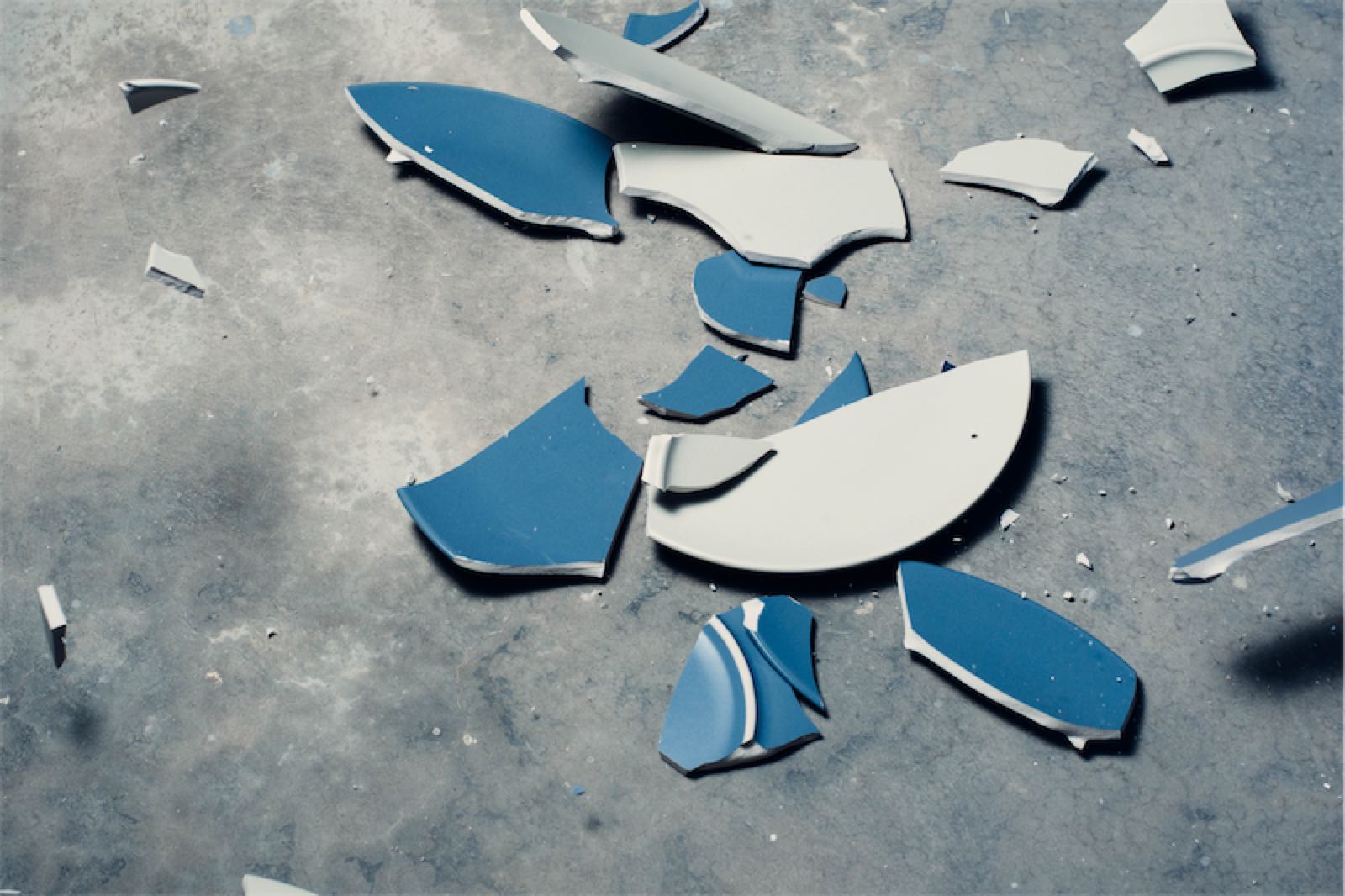Making mistakes and design systems
Making mistakes – small or big – always has a beginning – wrong decision, miscalculated action, lack of information, unhappy sequence of events, and its consequences – negative output, unsigned contract, product callback, prison or worse. As one of the intelligent species on this planet, we sometimes forget to think or just don’t bother doing it. But a while ago a new wave of “making mistakes” appeared. Making mistakes as a part of experimenting and development. I am talking about the startup culture. Fail fast, fail small. Rapid prototyping – try, fail, iterate, proceed with the best result to succeed with the end result. A continuous process. Nothing really new but praised by companies, because of the lower costs for the preproduction process. On a personal level it requires a scaled down kind of prototyping – thinking through, planning and calculating. The outcome is a positive result for you and for the society and environment around oneself. On a environmental level we can observe the evolutional process as a rapid prototyping – the diversity of organisms, mutations and the dynamic process of environmental adaptation. Not everything can be planned or thought through. Be sure to learn from the process – to minimise the negative output and maximise the positive output. Mistakes makes us smarter and less vulnerable. Nature learns from the failures too and creates better gene sequences for the organisms to survive and becomes less vulnerable. Making mistakes and learning process go hand in hand to a better future for everyone. You can read an interesting take on making mistakes by Susie Moore – ‘The 6 Best Things About Making a Mistake’ read on greatist.com
That leads us to another point of view on making mistakes – the one of a designer. Designers learn it the hard way – designing a product and the need of changing the elements across different media according to an updated styleguide or a new UX strategy. A good designer creates a dynamic styleguide. An good experienced designer develops a Design System that supports the project that grows, changes and adapts to the environment it was created for. The main idea of a Design System can be compared to Lego. The main idea of Lego is creating something out of the blocks. Each block has different size, color and purpose or they share one or more properties. This is the purpose of a Design System – a set of basic elements that can be used to create something bigger. The advantage of a Design system is that one can dynamically change the properties of the blocks that are already in use without deconstructing the whole and exchange single elements. What leads us again to a dynamic, growing, less vulnerable system that is more resistant to mistakes.
You can have a long-read about Design Systems in an article by Invision on designbetter.co
Other recommendations:
TV Series:
- Ghost in the Shell: Stand Alone Complex Directed by Kenji Kamiyama, 2002-2005 more on IMDb.com
- Perception produced by ABC Studios, 2012-2015, more on IMDb.com
Films:
- The Wind Rises by Studio Ghibli, 2013 – more on IMDb.com




